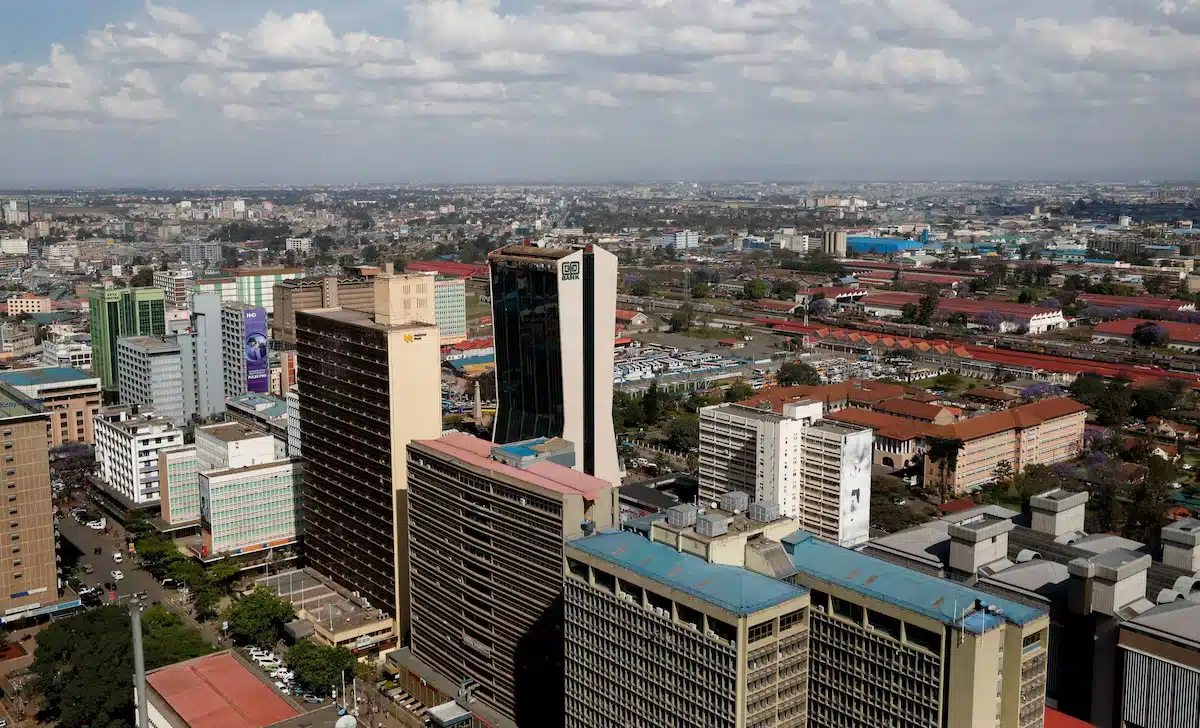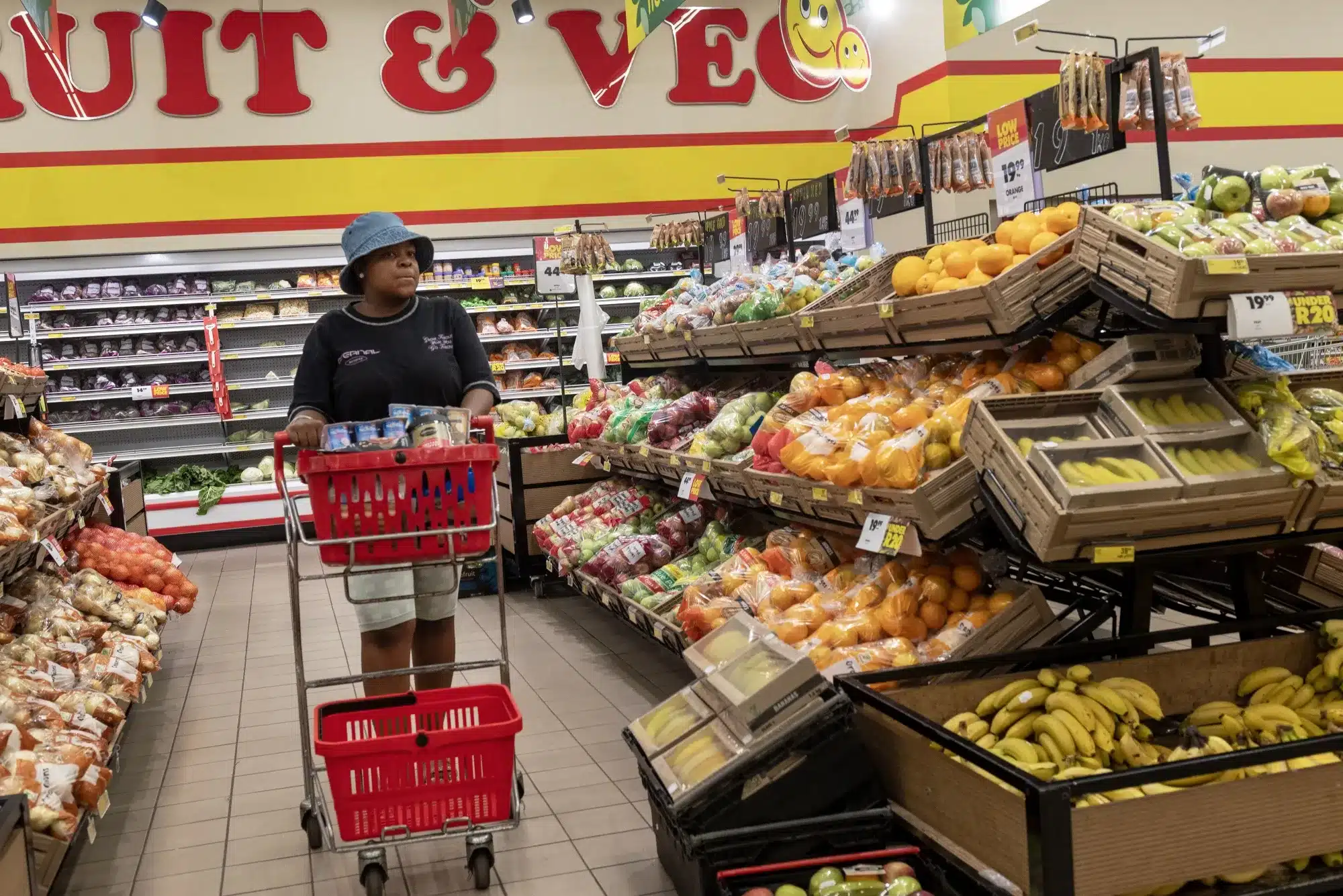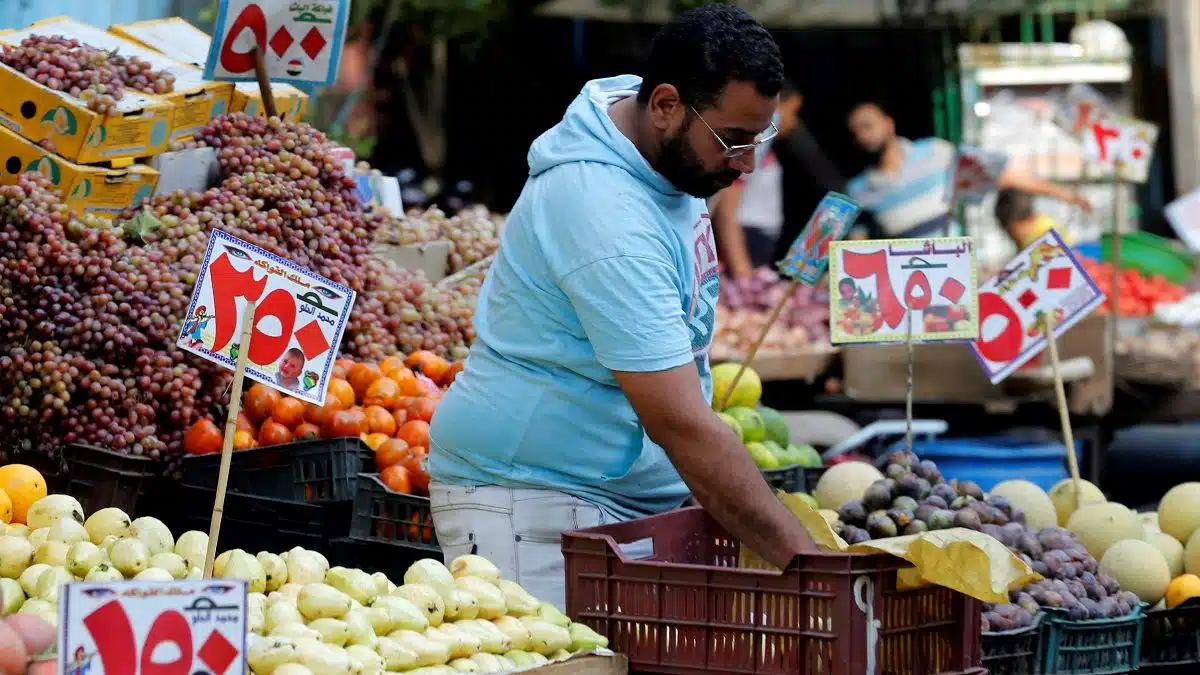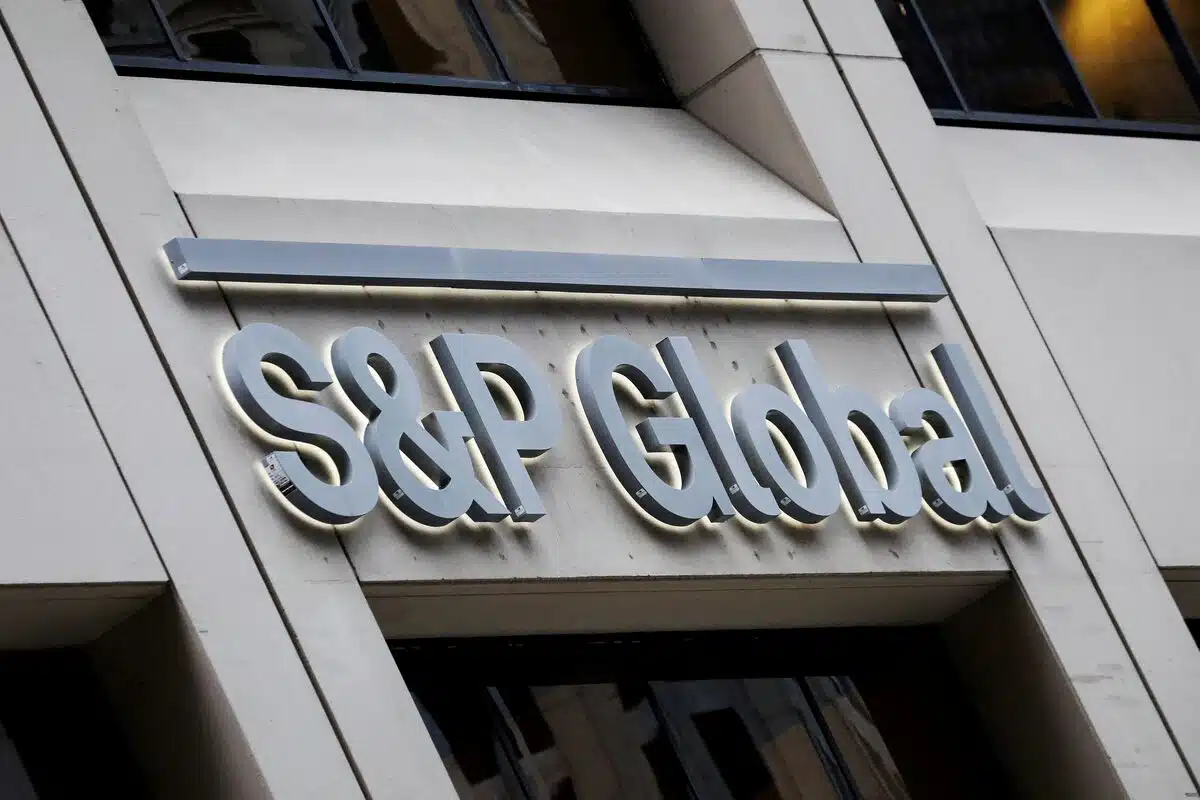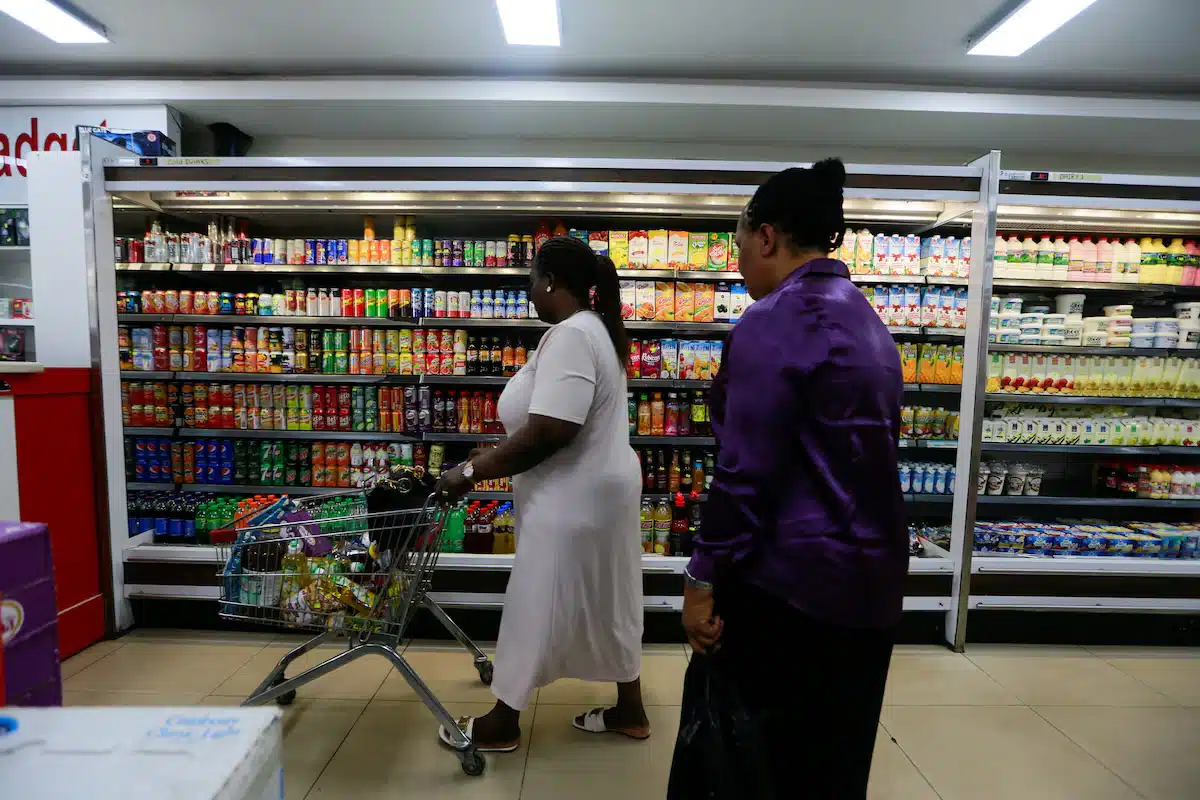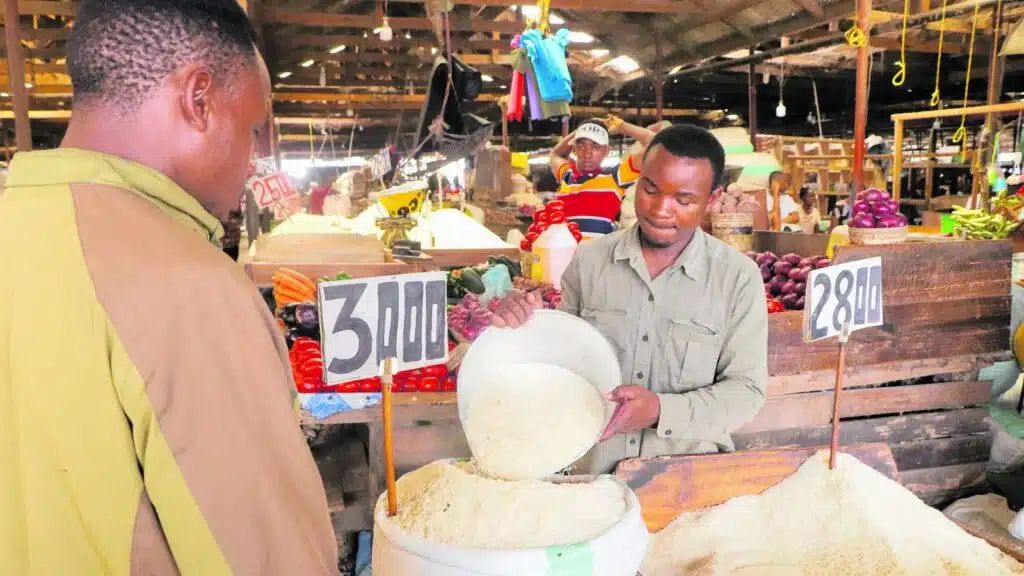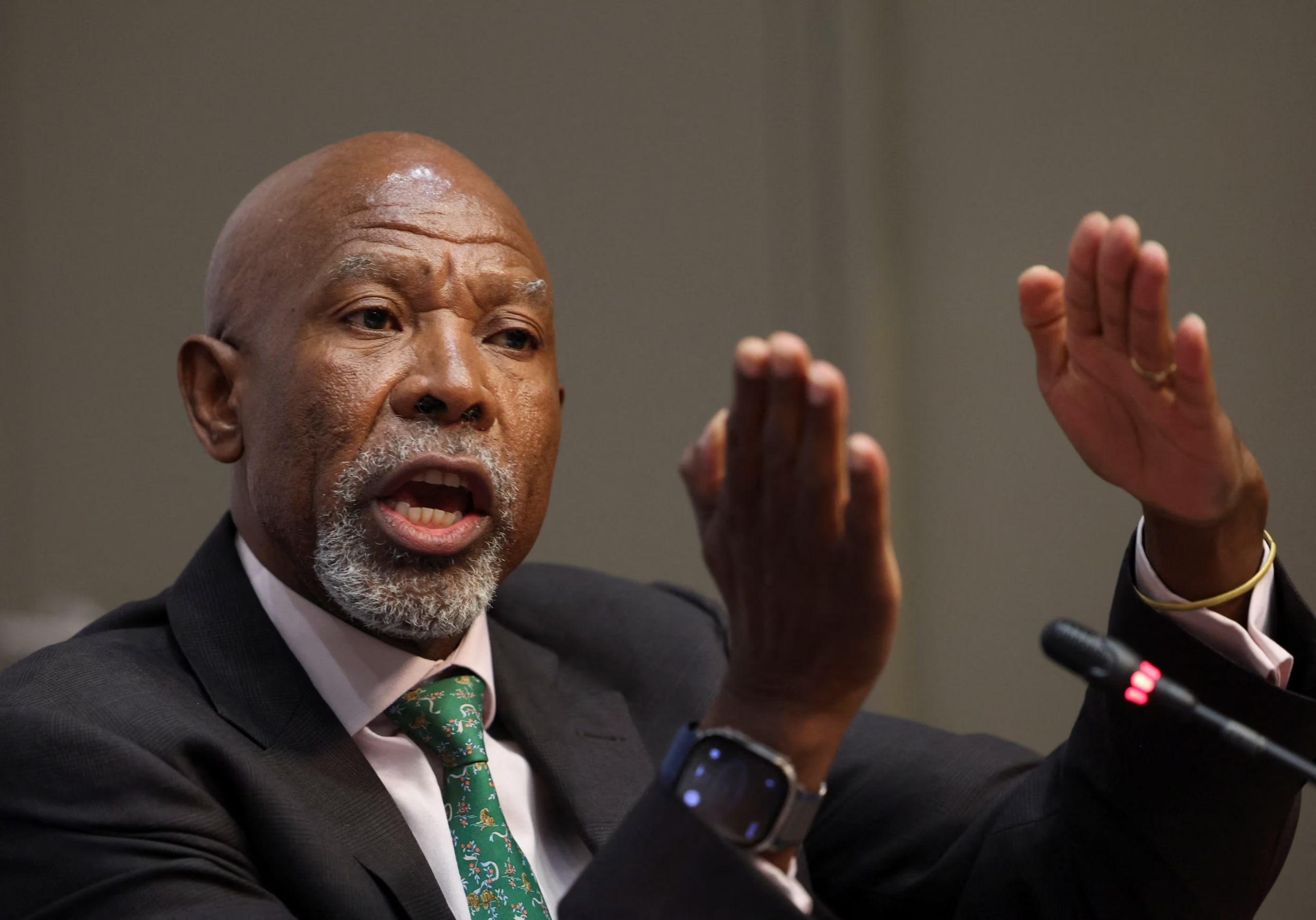Kenya’s private sector activity picked up pace in September 2025, with business conditions improving for the first time since April as rising demand lifted output and new orders.
The Stanbic Bank Kenya Purchasing Managers’ Index (PMI) climbed to 51.9 from 49.4 in August, crossing the 50.0 neutral threshold that signals expansion, according to a report published on Friday.
The rebound comes after months of sluggish performance weighed down by political protests and higher costs earlier in the year. Roughly a third of surveyed firms reported growth in output during September, compared with 23% that recorded a decline, with many attributing the improvement to stronger sales, effective marketing, and investment in new products.
“Business conditions expanded in September, implying the start of a recovery after the disruptions that followed protests in Q2:25,” said Christopher Legilisho, Economist at Standard Bank. “New orders and output strengthened as consumer demand improved, despite some firms reporting caution from clients due to still challenging economic conditions.”
Hiring strengthens to two-year high
The upturn in demand translated into the fastest rise in employment since May 2023, as companies boosted staff capacity to meet incoming orders. Higher labour availability helped firms reduce backlogs for a fourth consecutive month.
On the supply side, delivery times improved at the strongest rate in four years as earlier protest-related disruptions eased and suppliers moved quickly to secure work.
While purchasing activity remained subdued due to weak sales in prior months, inventory levels rose as supply chains stabilised. Businesses also reported a moderation in cost pressures, with input price inflation slowing to its weakest pace since May. T
he deceleration came despite a slight uptick in headline inflation during the month to 4.6% in September from 4.5% in August, driven by food, transport, and housing costs, according to the Kenya National Bureau of Statistics.
Firms, however, raised selling prices at a slightly faster rate than in August, citing higher taxes and increased fuel and food costs.
“Firms reported a moderation in the rate of input price inflation in September, despite some businesses remaining concerned about higher taxes and commodity prices,” Legilisho added.
Uneven recovery but confidence holds strong
Despite the recovery, challenges remain uneven across sectors. Construction output fell sharply even as other industries benefitted from stronger consumer demand and marketing efforts.
Still, the outlook remains broadly optimistic. Business confidence stayed near a three-year high, with firms planning to expand outlets, diversify product offerings, and ramp up marketing.
“Encouragingly, business prospects for the upcoming year were still strong, albeit far off from historical trends — this implies that, while conditions for some firms have been improving, most still experience the business environment as challenging,” Legilisho said.

